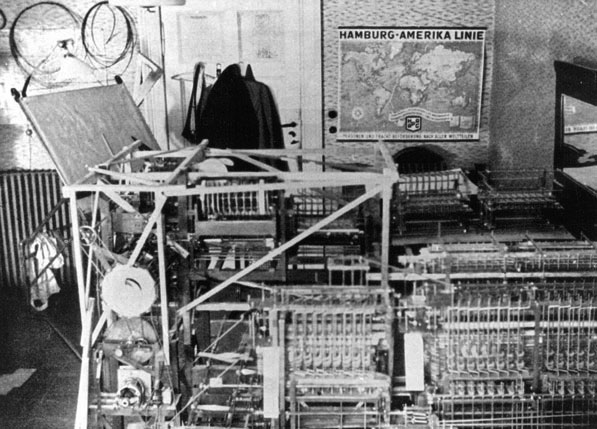Computer history - 1936
Major computer events in 1936
Alan Turing developed the Turing Machine and the halting problem in 1936.
Computer and technology-related events in 1936
August Dvorak received a patent for the Dvorak keyboard on May 12, 1936.
Germany's Konrad Zuse created the Z1, one of the first binary digital computers and a machine that could be controlled through a punch tape.

While working on the radio, Paul Eisler invented the PCB (Printed Circuit Board).
Informally, theoretical computer science was born in 1936 when Alan Turing, Alonzo Church, and Stephen Kleene formally defined algorithms in terms of computation.
Henry F. Phillips received a patent for the Phillips screw and screwdriver on July 7, 1936.
Archaeologists found a clay pot in 1936, and it was determined to be over 2,000 years old. Inside the clay pot were copper plates, an iron rod, and tin alloy, which were components of a battery for electricity.
Computer pioneers born in 1936

Edward Feigenbaum was born on January 20, 1936.
Abraham Lempel was born on February 10, 1936.
Robert Floyd was born on June 8, 1936.
Richard Stearns was born on July 5, 1936.
Andrew Grove was born on September 2, 1936.
James Burke was born on December 22, 1936.
Jerry Sanders was born on September 12, 1936.
Leon Chua was born on June 28, 1936.
